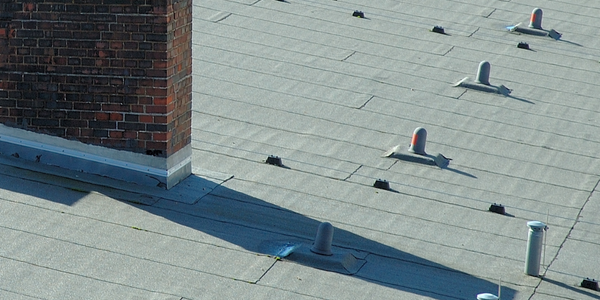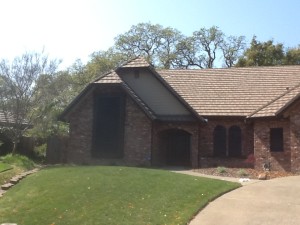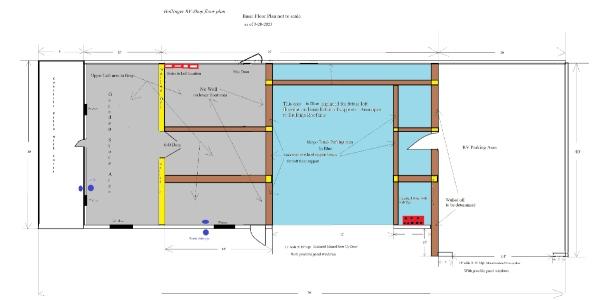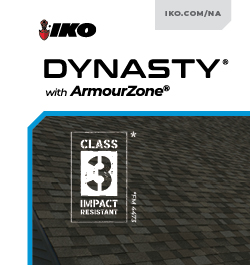Q&A – Flat roof flashing advice
May 15, 2025 at 6:00 a.m.To cut or not to cut, that's what this building owner was wondering when they reached out for some advice about flashing.
Recently, a building owner posted on the AskARoofer Forum looking for some adavice about the best replacement flashing for an older commercial building. This is what they asked:
I’ve got a tricky situation with an older commercial building that’s got a concrete parapet wall meeting a flat roof. The existing flashing has failed where it meets the concrete, and I’m trying to figure out the best approach for the replacement.
A concrete contractor I know suggested using a polyurethane-based sealant for better adhesion to the concrete, but I’m not sure how well that will hold up long-term compared to traditional flashing methods. The building goes through some pretty harsh freeze-thaw cycles here, so durability is key.
For those who’ve worked with similar setups, what’s been your most reliable solution? I’m debating whether to cut into the parapet for a proper flashing install or if there’s a good surface-applied alternative that will last.
One of the resident AskARoofer experts, John Kenney of Cotney Consulting Group, had the following to say in response:
You're right to be cautious — this is a common failure point on older commercial roofs and your decision now will affect long-term watertightness, especially in harsh freeze-thaw climates.
1 - The problem with surface-applied sealants alone
While polyurethane-based sealants do adhere well to concrete, especially when properly prepped and primed, they're not a standalone solution for long-term performance in flashing applications. Sealants are best used as part of a system—not as the system itself.
Sealants are particularly prone to cracking, shrinking or losing bond in areas with repeated freeze-thaw cycles as the materials expand and contract. They typically fail within a few seasons when used as the only protection at a roof-to-wall transition.
2 Best practice: Reglet or saw-cut flashing into the parapet
The most reliable long-term solution is to cut a reglet (a saw cut or kerf) into the concrete parapet and install metal flashing that terminates inside the cut. This allows the flashing to shed water away from the roof system and prevents water from creeping behind the membrane.
Why it works:
- It creates a mechanical termination, which lasts longer than surface adhesion.
- Flashing can expand and contract independently of the wall, reducing stress on sealant joints.
- Once installed, the reglet can be sealed with a compatible polyurethane or silicone to provide extra moisture protection.
3 - Compatible flashing materials and membranes
Depending on compatibility with your roof system, use a non-corrosive metal flashing — such as coated aluminum, stainless steel or copper. If you're installing a membrane roof (TPO, EPDM or modified bitumen), coordinate with your manufacturer on transition detailing and termination bar requirements.
Also, consider integrating a wall base sheet or transition membrane as part of a complete roof edge detail. Manufacturers often provide pre-approved terminations for this exact condition.
4 - If cutting into the parapet isn't feasible
If you absolutely can't cut into the wall — for example, due to structural concerns or historic preservation — your next best option is a surface-applied metal counterflashing system that is:
- Mechanically fastened to the concrete
- Sealed with a high-grade, UV-stable polyurethane or silicone sealant
- Backed by a compatible flashing membrane beneath it
- Still, understand that this is a shorter-term solution requiring more frequent inspection and maintenance.
Have a question? AskARoofer.
Find your local roofing contractor in the AskARoofer™ Contractor Directory.














Comments
Leave a Reply
Have an account? Login to leave a comment!
Sign In